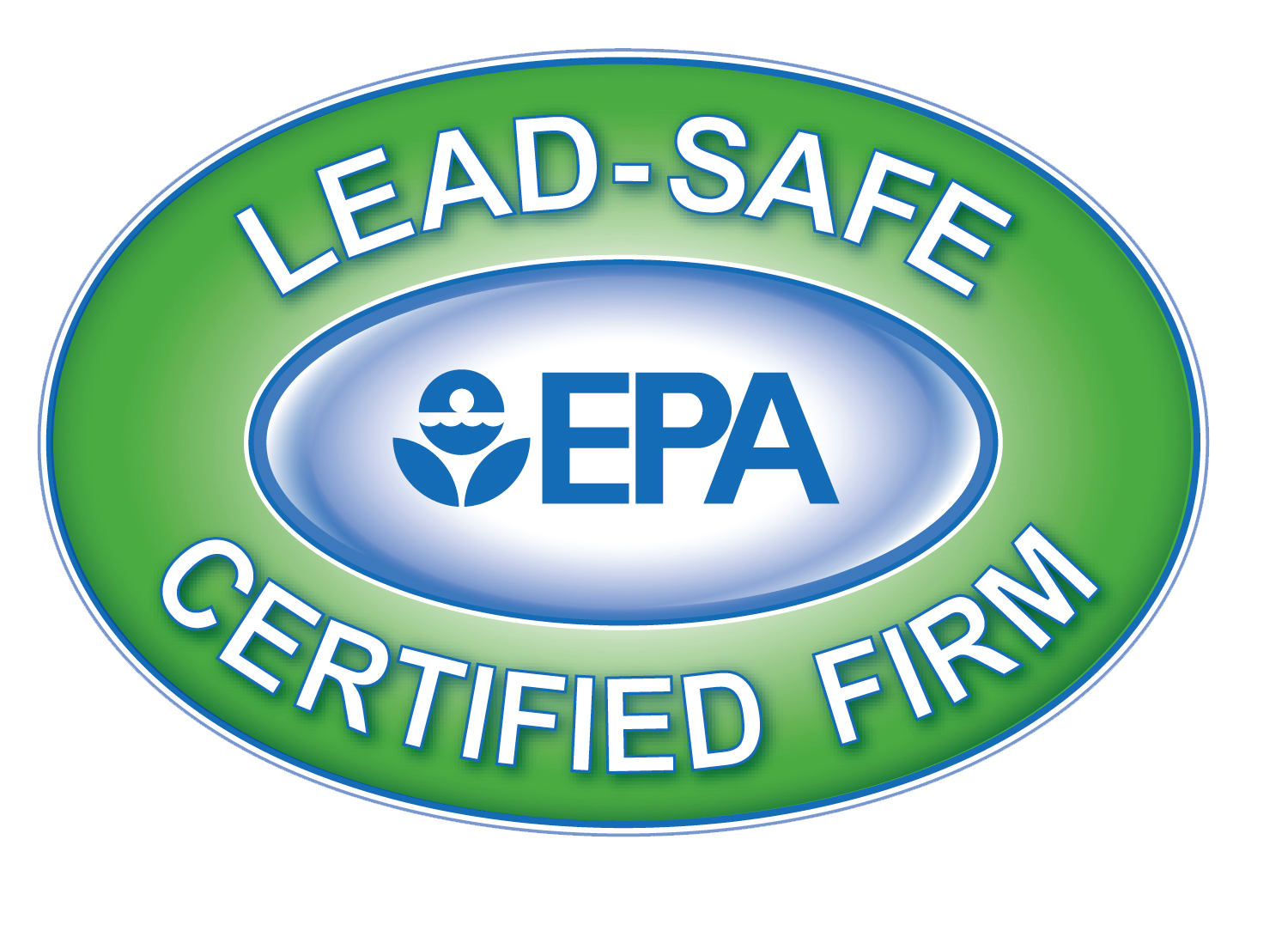
Water Softener Repair in Anchorage, Fairbanks and remote Alaska locations.
Water softeners are an important part of healthy living and preserving the life of your home. There are many benefits that come from having a quality water softener integrated with your plumbing system. Cleaner clothes, softer skin and longer lasting pipes and appliances are just a few of the benefits. If your water softener is acting up, Living Waters Plumbing & Mechanical is here to help.
What is a Water Softener?
A water softener is a plumbing filter appliance that removes calcium and magnesium from the water. Underground water supplies become hard because of the nature of the rock through which rainwater percolates as it filters down from the surface. Regions that are high in limestone, chalk, and gypsum usually have hard water in their groundwater reservoirs. Water can also become hard in regions where certain agricultural products such as lime are used in large quantities. Water softeners reduce the hardness of water supplied to a building by removing the the “hard” (calcium and magnesium) components.
What Types of Water Softener Repair Are There?
There are several types of water softeners that may need repairs. These are the most common types of water softeners we repair:
Ion exchange: This is by far the most common type of water softener in-home application. It works by removing calcium and magnesium ions and replacing them with sodium ions, which have none of the damaging effects of calcium and magnesium. This is a familiar device that includes a large tank of salt pellets. If your home has a water softener, it is very likely this type.
Salt-free: This device uses a mechanical filter to remove calcium, but it doesn’t work very well on very hard water. It does not remove magnesium.
Reverse osmosis: This device filters water through a semipermeable membrane that removes as much as 98% of water impurities. It is an expensive appliance, and it uses a considerable amount of water. But this type of device is very good at removing other chemical impurities, as well as calcium and magnesium. However, the use of reverse osmosis for drinking water can have negative effects. The human body needs minerals, derived from drinking water among other sources. Long-term use of reverse osmosis can have unintended consequences and actually deplete the human body of important minerals.
When Do I Need Water Softener Repair Services?
If you’re not a licensed plumber then it can be difficult to know when you’re in need of water softener repairs. Here are some of the most common issues we get called out to fix.
Full Brine Tank
Within the brine tank, there is a line that will indicate when the water level has reached its maximum. When the brine line isn’t correctly attached to the float inside the brine well, it can cause the system to overflow. The brine line is the tube that connects your tank to the water softener control valve. To troubleshoot, remove the lid of your brine tank and the cap of the brine well inside the tank. Then inspect the brine line to ensure it is properly secured to the safety float.
Clogged Drain Line
Your water softener system also features a drain line flow control valve. When the drain line is clogged or kinked, it can prevent the flow through the brine line and cause overflowing. Clogging commonly occurs where the brine line and the water softener valve connect. The best way to restore the brine flow and prevent overflowing is by thoroughly cleaning the tubing to restore the suction required for brine draw.
Detached Float Cap
The brine line is attached to a float cap that signals to the water softening system when the tank is full. If the float cap becomes detached, water can continually be added to the brine tank without triggering the limit sensor. It’s common for float caps to loosen with time due to normal wear and the natural vibration of a functioning water softener system. It’s a good idea to periodically check to ensure the control float cap is still attached.
Brine Tank Obstruction
A blockage in the brine tank is one of the most common causes of water softener overflow. Obstructions in the brine tank injector prevent it from creating the suction necessary to draw the brine from the tank. If you aren’t able to detect blockages in the brine tank or its lines, there may be a problem with the seals and spaces or its pistons. This typically is the problem when the softener goes through the regeneration stage but is not drawing brine. To troubleshoot the problem, you’ll need to remove the drain and brine lines. While the valve is on, inspect to see if water is flowing across it. If it is, you may need to replace your system’s seals, spacers, or piston. This can be tricky so if you’re not comfortable doing water softener repairs yourself, reach out to a qualified plumber.
Living Waters Can Perform Your Water Softener Repairs
If you have a faulty water softener, or expired medium, reach out to Living Waters for a free quote. We have years of experience installing, repairing and maintaining water softeners in Anchorage, Fairbanks and remote Alaska locations. No matter what kind of water softener repairs you need performed, we’ll show up on time and get the job done right.

 Financing Options
Financing Options



